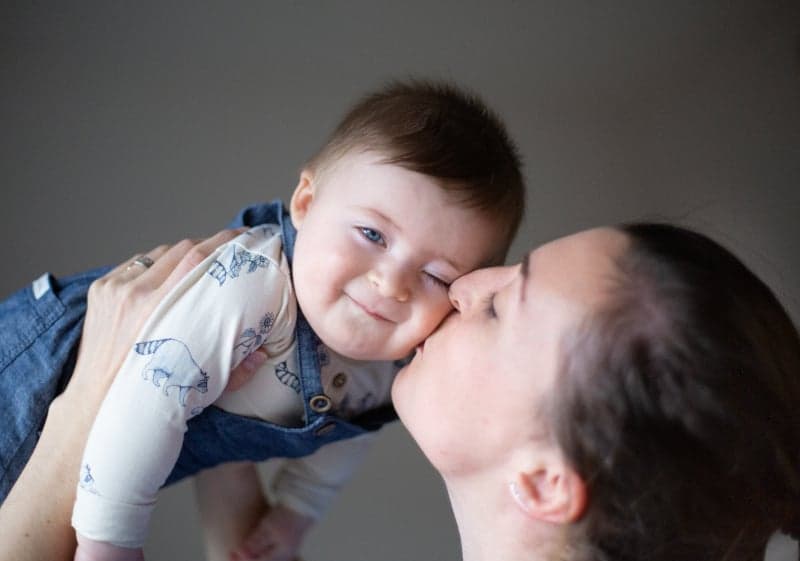Sweden's birth rate falls to lowest in 17 years

Swedes gave birth to fewer children last year than in any other year since 2005.
A total of 104,734 babies were born in Sweden last year, according to new figures by national number-crunchers Statistics Sweden.
That’s a decrease of 9,529 children compared to the year before, or in other words a birth rate that fell by 8.3 percent.
In 2021, the birth rate increased slightly, but the overall trend is falling.
The number of births decreased in 20 out of Sweden’s 21 regions and in 215 out of 290 municipalities compared to 2021. Västmanland in central Sweden, which increased its yearly total by six children, was the only county that had a positive birth rate.
Twenty-two municipalities and two regions (Västernorrland and Norrbotten in northern Sweden) recorded the lowest number of births in over five decades, since records began.
MAP:
“It’s hard to say exactly which factors are behind the declining birth rate in 2022. But we can tell that the number of children born per woman is decreasing among Swedish-born and foreign-born women alike. The pattern is the same in Norway and Denmark,” said Statistics Sweden analyst Lena Lundkvist in a statement.
Sweden’s total population nevertheless increased last year, by 0.7 percent, mainly because of immigration but also because there were more births than deaths.
The population of Sweden stood at 10,521,556 people at the turn of the year.
The most new immigrants arriving in Sweden last year were originally born in Sweden (for example Swedes who’ve left Sweden but returned in 2022), followed by India, then Poland. The statistics only include people in the population register, so they don’t include new arrivals who haven’t yet registered, for example refugees from Ukraine.
Comments
See Also
A total of 104,734 babies were born in Sweden last year, according to new figures by national number-crunchers Statistics Sweden.
That’s a decrease of 9,529 children compared to the year before, or in other words a birth rate that fell by 8.3 percent.
In 2021, the birth rate increased slightly, but the overall trend is falling.
The number of births decreased in 20 out of Sweden’s 21 regions and in 215 out of 290 municipalities compared to 2021. Västmanland in central Sweden, which increased its yearly total by six children, was the only county that had a positive birth rate.
Twenty-two municipalities and two regions (Västernorrland and Norrbotten in northern Sweden) recorded the lowest number of births in over five decades, since records began.
MAP:
“It’s hard to say exactly which factors are behind the declining birth rate in 2022. But we can tell that the number of children born per woman is decreasing among Swedish-born and foreign-born women alike. The pattern is the same in Norway and Denmark,” said Statistics Sweden analyst Lena Lundkvist in a statement.
Sweden’s total population nevertheless increased last year, by 0.7 percent, mainly because of immigration but also because there were more births than deaths.
The population of Sweden stood at 10,521,556 people at the turn of the year.
The most new immigrants arriving in Sweden last year were originally born in Sweden (for example Swedes who’ve left Sweden but returned in 2022), followed by India, then Poland. The statistics only include people in the population register, so they don’t include new arrivals who haven’t yet registered, for example refugees from Ukraine.
Join the conversation in our comments section below. Share your own views and experience and if you have a question or suggestion for our journalists then email us at [email protected].
Please keep comments civil, constructive and on topic – and make sure to read our terms of use before getting involved.
Please log in here to leave a comment.